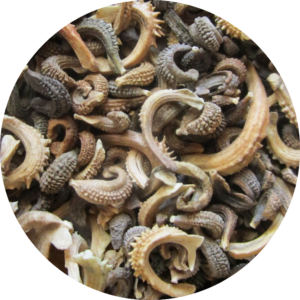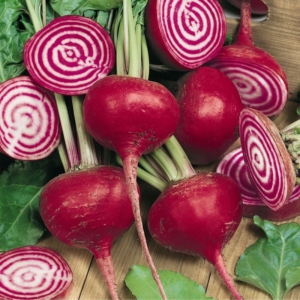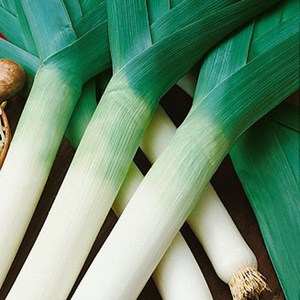Give your House Plants a Spa Day
House Plant Care
By: Sandy Swegel
Right about this time of year is when your indoor plants are all stressed out. It’s been months of winter and dry heated air. Outdoors in nature, wild plants are enjoying spring rains that clean off their leaves and freshen their soil.
Once again, we plant lovers know to mimic nature if we want our plant friends to thrive in the odd conditions we try to grow them in. Growing plants under a roof without moving air or overhead moisture is definitely odd.
The plants I’m wintering over are the most stressed. The hibiscus has aphids. White fly that I thought I eradicated shows up in the sunroom. Scale is appearing on the underside of waxy leaves.
Time to give your house plants a Spa Day.
Take any plants that are moveable and bring them into your shower. Don’t forget a good drain catch…you don’t need perlite in your sewer pipes. Bring in the non-buggy plants first. You don’t need to spread pests and disease. Clean off dead or diseased leaves and give the whole plant a good overhead shower. Use the hand sprayer to get the underside of leaves.
Pretend you are a spring thunderstorm and really soak the soil so that water runs out the bottom taking away some of the built up salts. Use soapy water to treat any soft-bodied pests. Use your fingernail or a Q-tip with alcohol to remove scale sacs.
After the bathing and dripping dry, add a layer of clean compost — earthworm castings work great. Then douse the soil with a good natural liquid fertilizer—I like seaweed based fertilizers because then everything smells ocean fresh.
Your plants will be grateful for their Spa Day and perk right up from all that moisture and a good meal.
Of course, you might need your own Spa Day after you finish cleaning up the mess. But we all enjoy a good Spring shower.
Photos:
www.ourhouseplants.com/guides/cleaning-your-plants
www.thesmallgarden.com.au/blogpages/how-to-holiday-proof-your-garden-this-summer










